392103
Isobornyl acrylate
technical grade, contains 200 ppm monomethyl ether hydroquinone as inhibitor
Sinônimo(s):
Acrylic acid isobornyl ester, IBA
About This Item
Produtos recomendados
grau
technical grade
Nível de qualidade
Formulário
liquid
contém
200 ppm monomethyl ether hydroquinone as inhibitor
índice de refração
n20/D 1.476 (lit.)
p.e.
119-121 °C/15 mmHg (lit.)
densidade
0.986 g/mL at 25 °C (lit.)
cadeia de caracteres SMILES
[H][C@]12CC[C@@](C)([C@@H](C1)OC(=O)C=C)C2(C)C
InChI
1S/C13H20O2/c1-5-11(14)15-10-8-9-6-7-13(10,4)12(9,2)3/h5,9-10H,1,6-8H2,2-4H3/t9-,10-,13+/m0/s1
chave InChI
PSGCQDPCAWOCSH-OUJBWJOFSA-N
Procurando produtos similares? Visita Guia de comparação de produtos
Categorias relacionadas
Descrição geral
Aplicação
Palavra indicadora
Warning
Frases de perigo
Declarações de precaução
Classificações de perigo
Aquatic Acute 1 - Aquatic Chronic 1 - Eye Irrit. 2 - Skin Irrit. 2 - Skin Sens. 1A - STOT SE 3
Órgãos-alvo
Respiratory system
Código de classe de armazenamento
10 - Combustible liquids
Classe de risco de água (WGK)
WGK 2
Ponto de fulgor (°F)
219.2 °F - closed cup
Ponto de fulgor (°C)
104 °C - closed cup
Equipamento de proteção individual
Eyeshields, Faceshields, Gloves, type ABEK (EN14387) respirator filter
Escolha uma das versões mais recentes:
Já possui este produto?
Encontre a documentação dos produtos que você adquiriu recentemente na biblioteca de documentos.
Os clientes também visualizaram
Global Trade Item Number
| SKU | GTIN |
|---|---|
| 392103-500ML | 4061837405297 |
| 392103-100ML | 4061831981339 |
| 392103-1L | 4061831981346 |
Nossa equipe de cientistas tem experiência em todas as áreas de pesquisa, incluindo Life Sciences, ciência de materiais, síntese química, cromatografia, química analítica e muitas outras.
Entre em contato com a assistência técnica
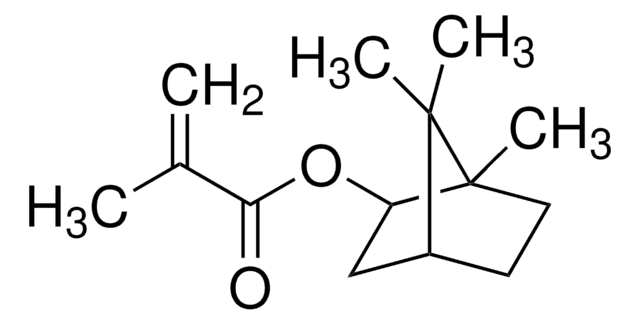
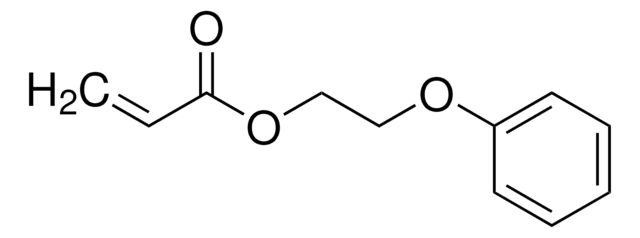
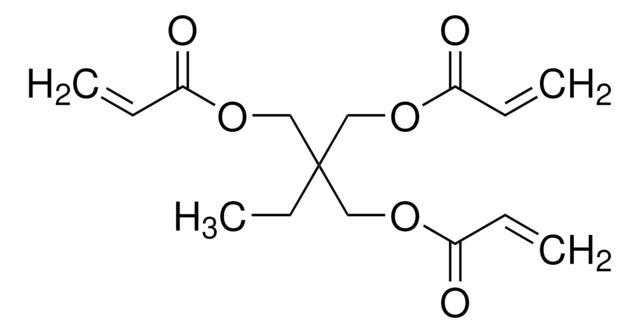
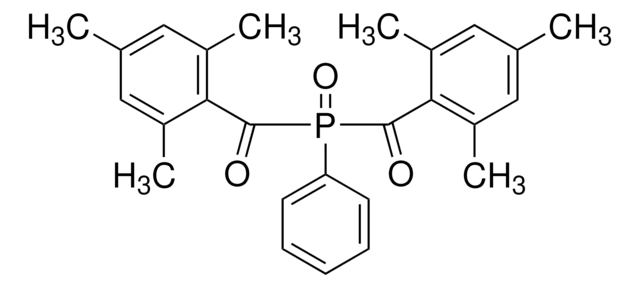
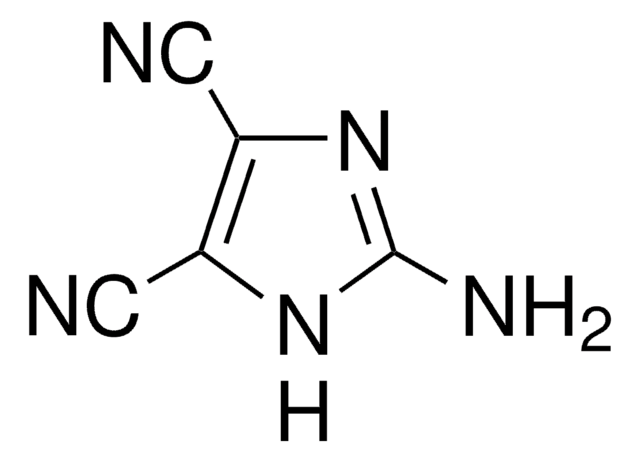

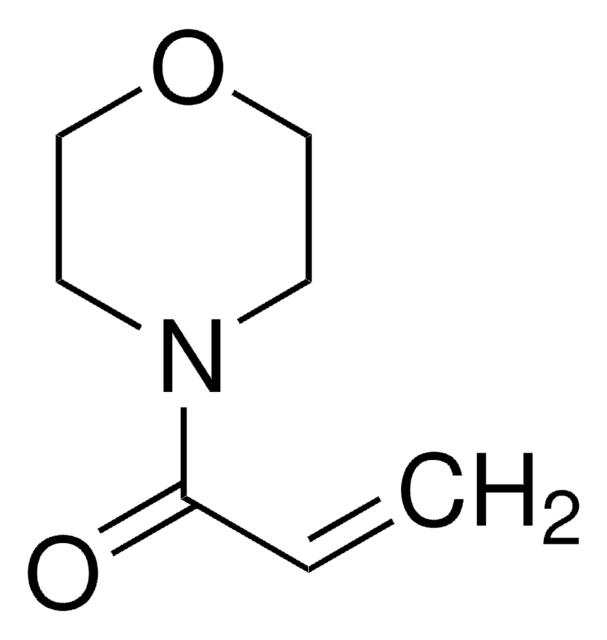
![Tricyclo[5.2.1.02,6]decanedimethanol diacrylate](/deepweb/assets/sigmaaldrich/product/structures/327/536/0dc81542-b920-47ec-99c1-d064a327a315/640/0dc81542-b920-47ec-99c1-d064a327a315.png)
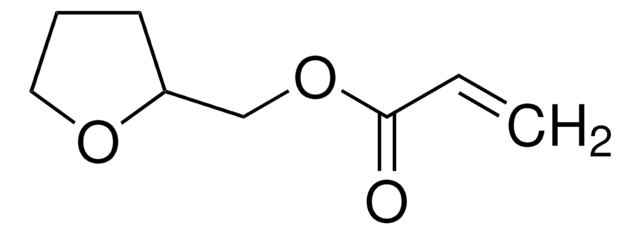



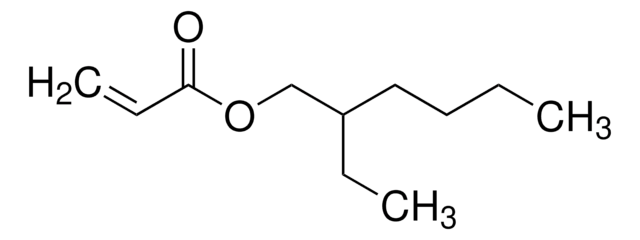
![2-[[(Butylamino)carbonyl]oxy]ethyl acrylate](/deepweb/assets/sigmaaldrich/product/structures/603/008/4241c20d-94e8-474e-b3ff-6c4d5be67e9d/640/4241c20d-94e8-474e-b3ff-6c4d5be67e9d.png)